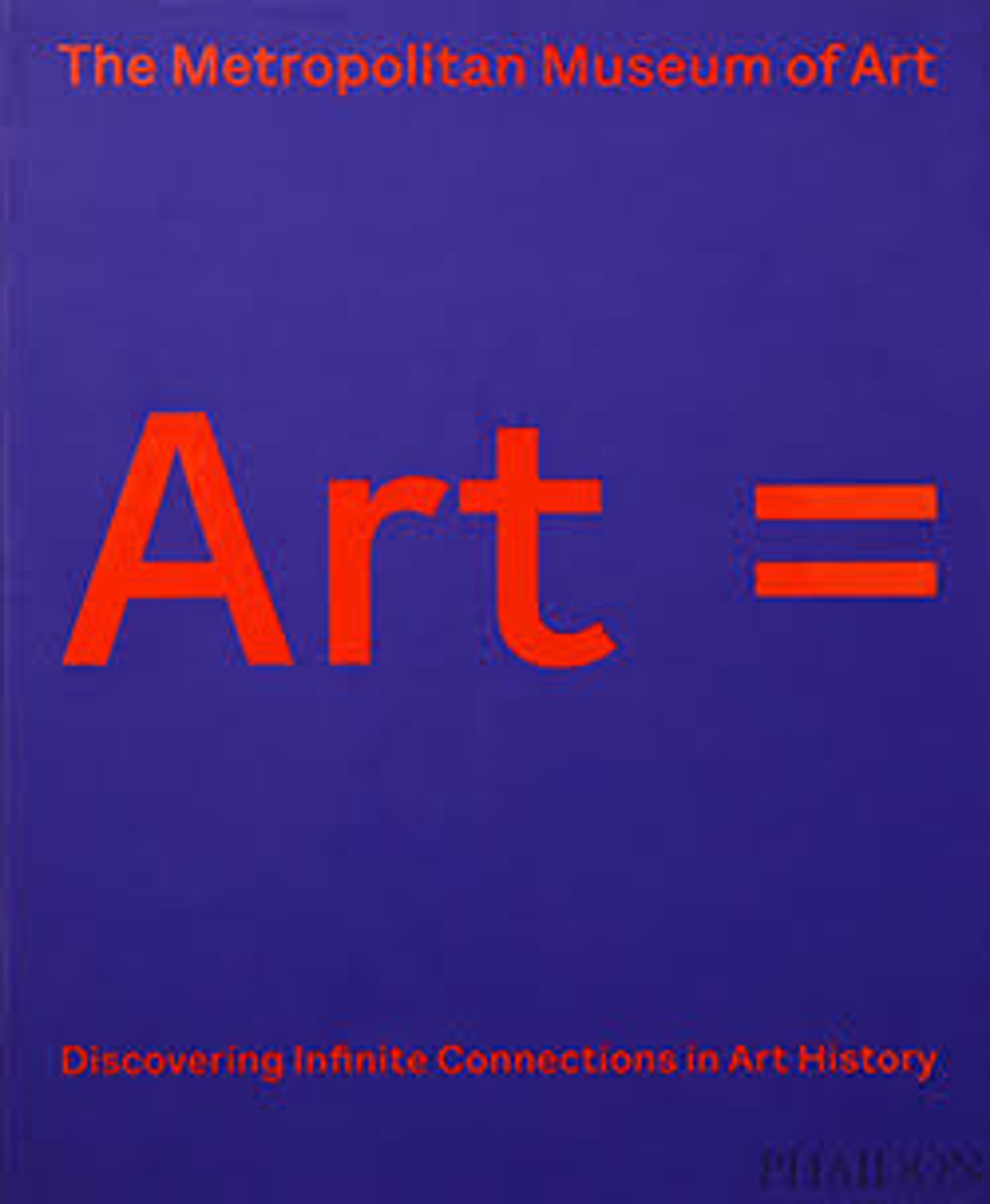Dainichi, the Cosmic Buddha (Mahavairocana)
In Esoteric Buddhism, the entire universe is believed to emanate from Dainichi Nyorai, the supreme Buddha of the cosmos. Dainichi’s mudra, with the left index finger surrounded by the fingers of the right hand, is known as the “wisdom fist.” This powerful gesture expresses the union of the spiritual and material realms and is thought to restrain passions hindering the practitioner’s enlightenment. In paintings and sculptures, Dainichi often assumes this pose while surrounded by the other four Wisdom Buddhas, representing the metaphysical world of complete enlightenment—known as the Diamond Realm in Esoteric doctrines.
Artwork Details
- 大日如来坐像
- Title: Dainichi, the Cosmic Buddha (Mahavairocana)
- Period: Heian period (794–1185)
- Date: 12th century
- Culture: Japan
- Medium: Wood with lacquer and gold leaf
- Dimensions: Figure: H. 36 3/8 in. (92.4 cm); W. 27 1/2 in. (69.9 cm); D. 19 5/8 in. (49.8 cm)
Figure with base: H. 63 3/4 in. (161.9 cm); W. 38 3/4 in. (98.4 cm); D. 39 1/8 in. (99.4 cm)
Figure with base and halo: H. 86 in. (218.4 cm) - Classification: Sculpture
- Credit Line: Rogers Fund, 1926
- Object Number: 26.118a, b
- Curatorial Department: Asian Art
Audio
8825. Dainichi Nyorai (Mahavairocana)
0:00
0:00
We're sorry, the transcript for this audio track is not available at this time. Please email info@metmuseum.org to request a transcript for this track.
Listen to more about this artwork
More Artwork
Research Resources
The Met provides unparalleled resources for research and welcomes an international community of students and scholars. The Met's Open Access API is where creators and researchers can connect to the The Met collection. Open Access data and public domain images are available for unrestricted commercial and noncommercial use without permission or fee.
To request images under copyright and other restrictions, please use this Image Request form.
Feedback
We continue to research and examine historical and cultural context for objects in The Met collection. If you have comments or questions about this object record, please contact us using the form below. The Museum looks forward to receiving your comments.
